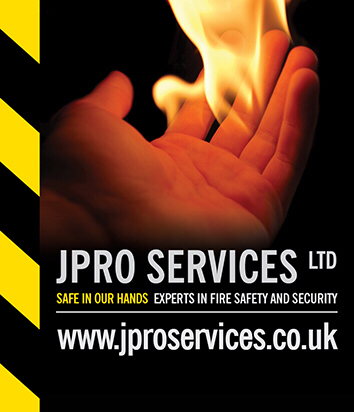Title Page
-
Site conducted
-
Conducted for
-
Conducted on
-
Prepared by
-
Location
-
Date of next review
-
Assessor Signature
Assessment
Assessment Qualifications
-
The assessor believes the information contained within this report to be accurate at the time of issue. The assessor does not accept responsibility for any failure by the person commissioning this report, the Client or any other interested parties to provide unrestricted access to all areas of the location being assessed; to disclose any information which may be considered relevant to the risk assessment processes; to take recognition of or to take suitable subsequent action with regard to any information, observations, comments or recommendations contained within this report; or from any consequences arising from the use of the information therein. This report is based on matters which were observed or came to the attention of the assessor during the inspection, and should not be relied on as an exhaustive record of all possible risks or hazards that may exist or potential improvements that can be made at the premises/location.
Confidentiality Statement
In order to maintain the integrity and credibility of the monitoring & auditing process and to protect the involved parties, it is understood that the assessor or any other party will not divulge to any unauthorised persons, any information obtained during the assessment or contained within this document unless legally obligated to do so.
Introduction
-
In Scotland, requirements on general fire safety are covered in Part 3 of the Fire (Scotland) Act 2005, supported by the Fire Safety (Scotland) Regulations 2006. The CDM Regulations 2015 also impose duties including the requirement to prevent risk from fire. Further guidance for construction projects is available in HSG 168 Fire in Construction. For a fire to start three things are required - a source of Ignition, Fuel and Oxygen. This is commonly known as the "Fire Triangle" If any one of these three things is missing then fire cannot start . Taking measures to avoid the three coming together will therefore reduce the likelihood of a fire occurring.
Description of Works/Activities
-
Please provide a description of the works/activities taking Place at the Location
Hazard Identification
-
Ignition - Identify sources of ignition (consider building fabric etc.)
-
Fuel - Identify sources of fuel (Note - fuel is anything that can burn
-
Oxygen - Identify sources of oxygen
-
Describe the means of heating the building / accommodation including the type and location of heaters. Identify any intended use of industrial (process) heaters.
-
Identify plant, machinery or electrical equipment that could transfer heat to other combustible surfaces
WHO CAN BE HARMED
-
Detail who can be harmed; You must consider all the people who use or could be affected by your site, but you should pay particular attention to people who may be especially at risk such as:
-
Lone Workers, i.e. security staff
-
People in isolated areas, i.e. plant operators etc
-
People who are unfamiliar with the location, i.e. new employees, sub-contractors, and visitors
-
People with language difficulties
-
Young persons
-
Pregnant women
-
Disabled people
-
Other people in the vicinity of the premises, including members of the public
-
Those occupying adjacent / adjoining buildings who may be at risk from radiated heat / fire spread
SECURITY & MATERIAL STORAGE
-
Identify any flammable gases and/or liquids, state how stored (security), location with respect to buildings/structures and other processes (fire spread) and perimeters (arson)
-
Describe how waste materials are collected and stored prior to disposal (housekeeping). Include reference to any flammable waste materials, including container residues (containment)
-
Describe how location is protected against trespass (arson)
PROPOGATION OF FIRE
-
Identify any work that will breach fire protection in existing buildings, presence of existing fabrics (combustibles) to remain in place during works or the use of temporary coverings that are not fire retardant
SMOKING POLICY
-
Identify dedicated smoking hazrds, smoking area (if any) and means of containing hot ash
FIRE DETECTION (Existing & Proposed)
-
Describe any (automatic) detection equipment (or state if this is defeated due to works) and identify proposed during works
MEANS OF RAISING ALARM (Existing & Proposed)
-
Describe current arrangements (or state if defeated due to works) and identify proposed during works
MEANS OF ESCAPE AND ASSEMBLY (Existing & Proposed)
-
Describe current arrangements (or state if compromised due to works) and identify proposed during works
FIRE FIGHTING EQUIPMENT
-
Describe equipment (fixed and portable), location and confirm fit for purpose
TRAINING & AWARENESS
-
State information given to personnel, training in use of equipment and arrangements for coordination in event of fire emergency
MONITORING & TESTING (CONTROL MEASURES)
-
State arrangements for monitoring and testing equipment and procedures
COMMENTS/SUMMARY
-
Summary of observations, recommendations, actions etc, from the assessment
RESIDUAL RISK
-
Details of residual risks
-
Residual Risk Rating











